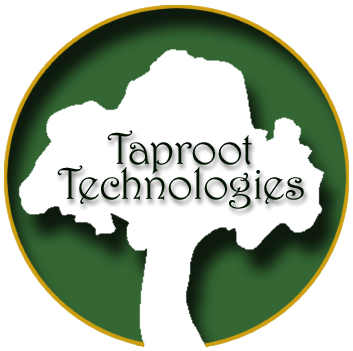Proposal, Part II: Prevent duplicate voting
This part has two portions. One can be implemented immediately, for virtually no cost. The other is very expensive, and would take a long time to implement, but may be worth it.
- When someone comes to vote,
- Wipe their right thumb (or left, if missing) with alcohol, and rub it lightly with a plastic abrasive, to ensure the thumb is not covered with a film or protective substance.
- Mark the thumb with indelible ink.
- Notes
- This ensures that no one votes twice on election day.
- Note that this requires the elimination of the absentee ballot altogether.
- Every US Consulate and Embassy world-wide would become a polling place, with strict registration and identification practices.
- Citizens wishing to vote at such places must register beforehand.
- Results are uploaded from the polling places as soon as they are closed, with exactly the same validation procedures as all other polls.
- The voting day would end when the polls close in Hawaii. Any locations West of Hawaii would begin their voting day earlier.
- This will not eliminate people voting with a false identification, but it does ensure that they cannot vote more than once, even if they have many false IDs.
The second method is both controversial and expensive. It is therefore not included in this proposal, but is suggested for future consideration. The main point in its favor is that it would allow absentee ballots to continue.
It is, essentially, to use retinal scanners for voter identification, tied to a national identification card. As retinal scanners are not used for criminal identification, the privacy invasion issues would not be as profound as they would be for fingerprints.
Nevertheless, a national identification system of any kind is highly controversial, and the potential for abuse is high.
A much less expensive method is simply to use the right thumbprint, with alternative options available in order for those missing the right thumb. This is actually fairly simple to implement. The problem is that a single thumbprint may not be unique enough to qualify.
It’s a tough set of problems. but you cannot prevent fraud without some kind of national identification that is very hard to bypass. In the meantime, the indelible ink on the thumb (and no voting other than on the day of the election) would probably eliminate 99.9% of the fraudulent multiple attempts to vote.
The other recommendations would deal decisively, I believe, with the problem of dishonest machines and hidden fraud, which is at present virtually impossible to detect, but which has nevertheless been discovered more than once, almost by accident.
If there is a greater threat to democracy than allowing tampering with elections, I do not know what it is.



“Thanks for the points you have contributed here. Something else I would like to talk about is that computer memory specifications generally increase along with other advances in the technology. For instance, any time new generations of processors are introduced to the market, there is usually a corresponding increase in the dimensions calls for of both the personal computer memory as well as hard drive room. This is because software program operated simply by these cpus will inevitably increase in power to take advantage of the new technologies. “